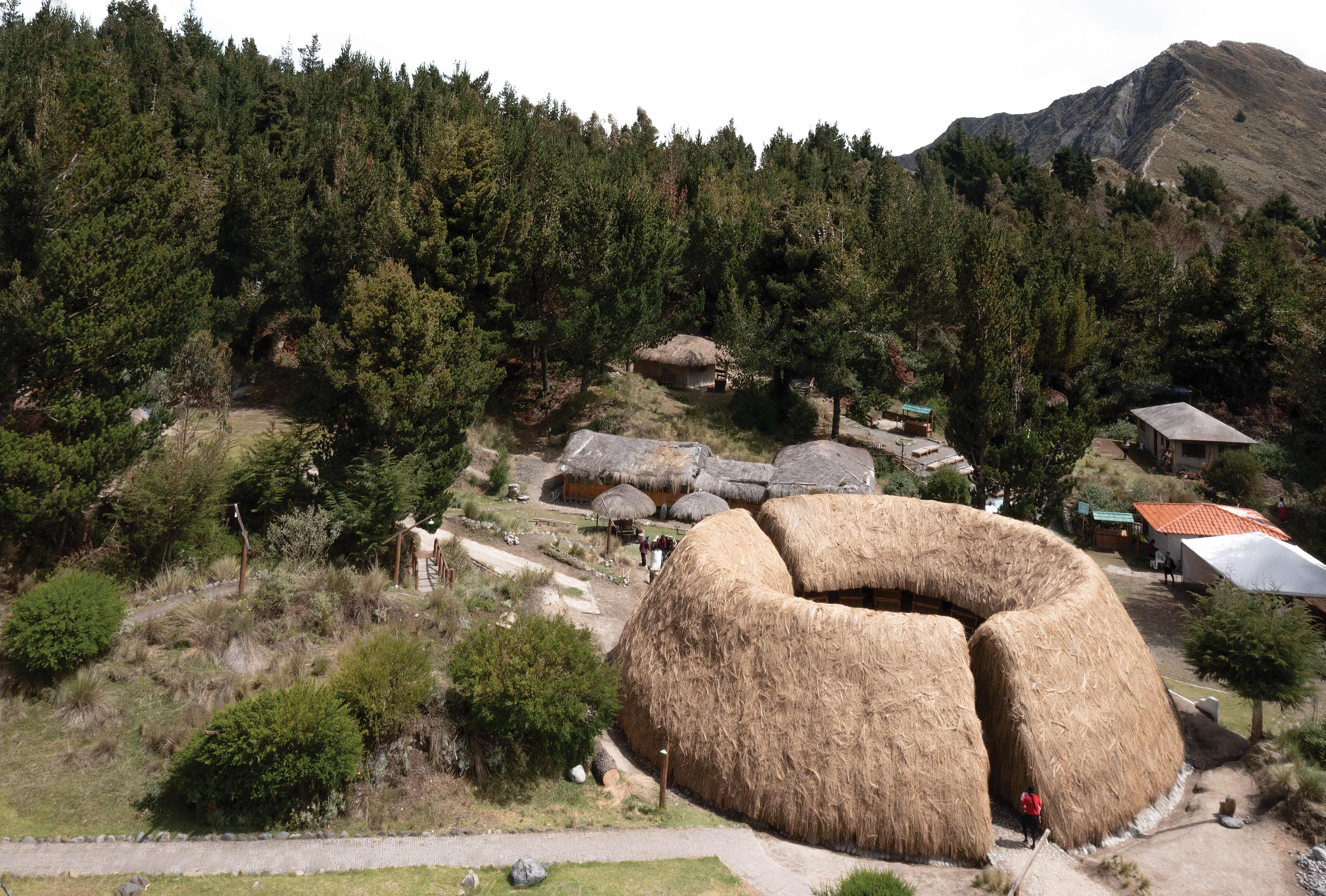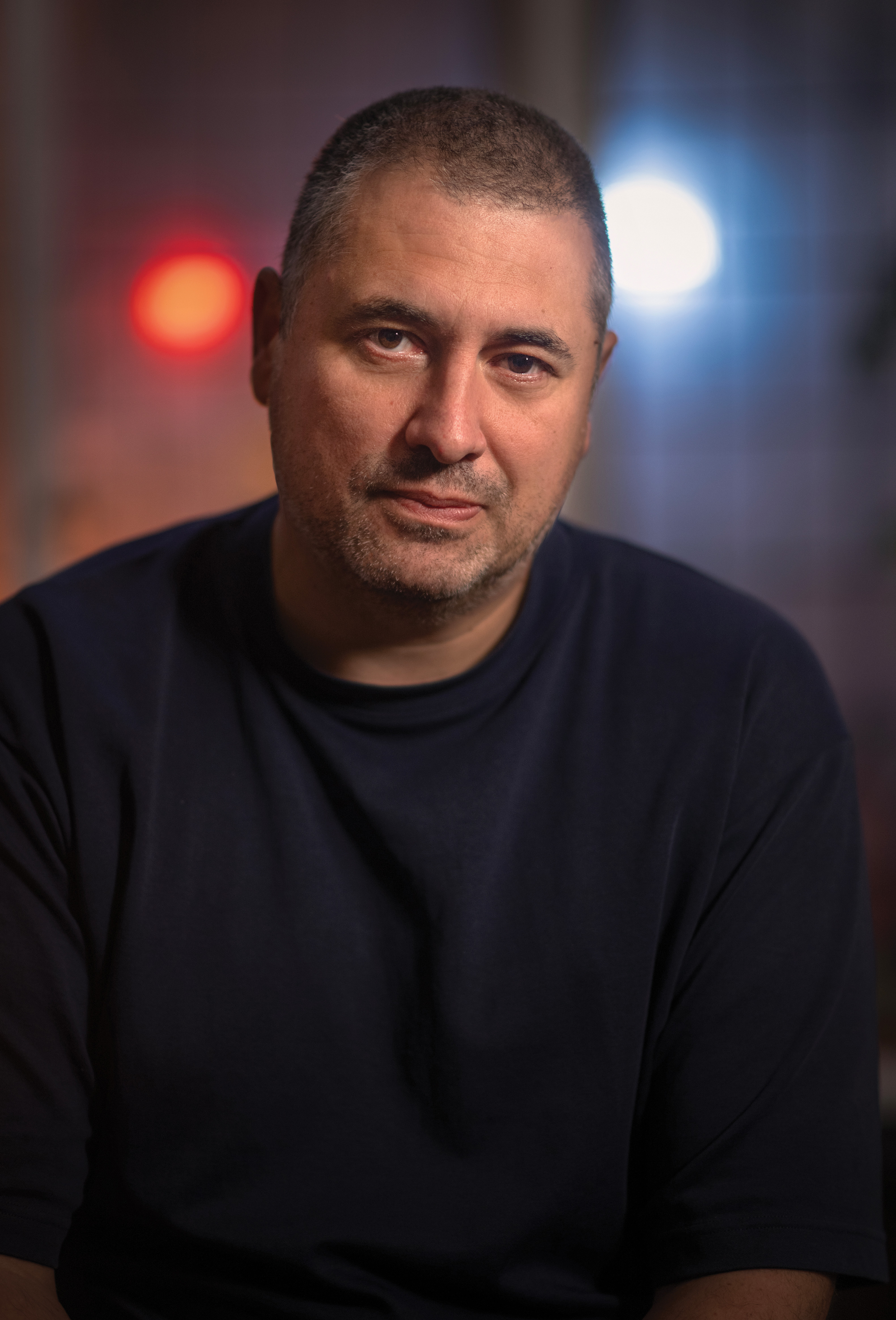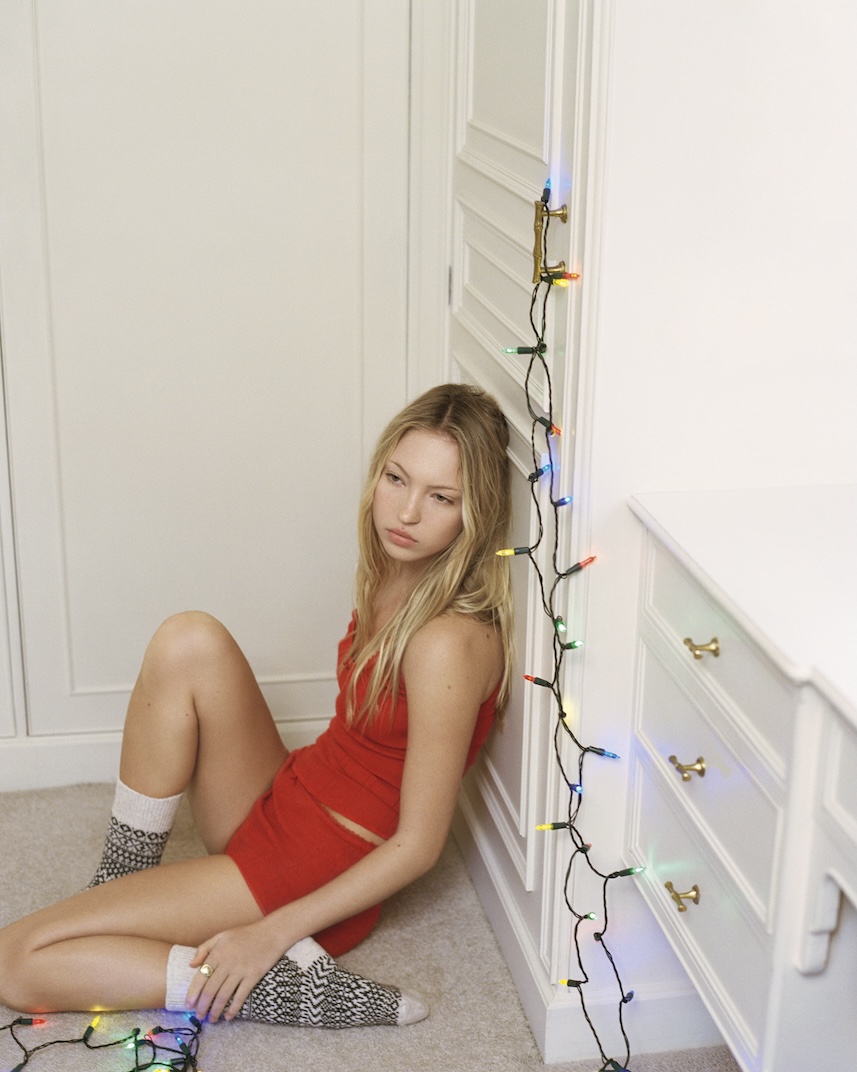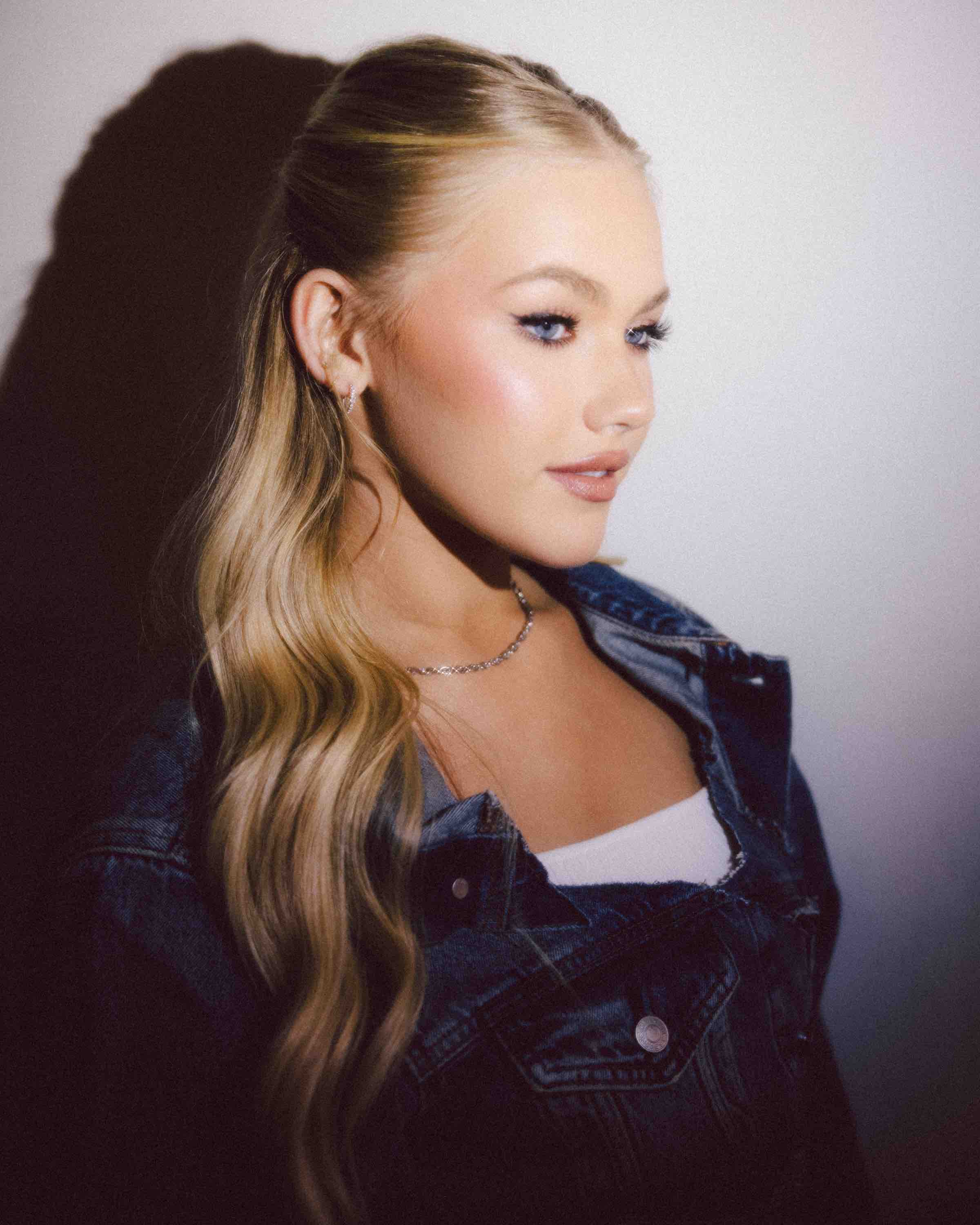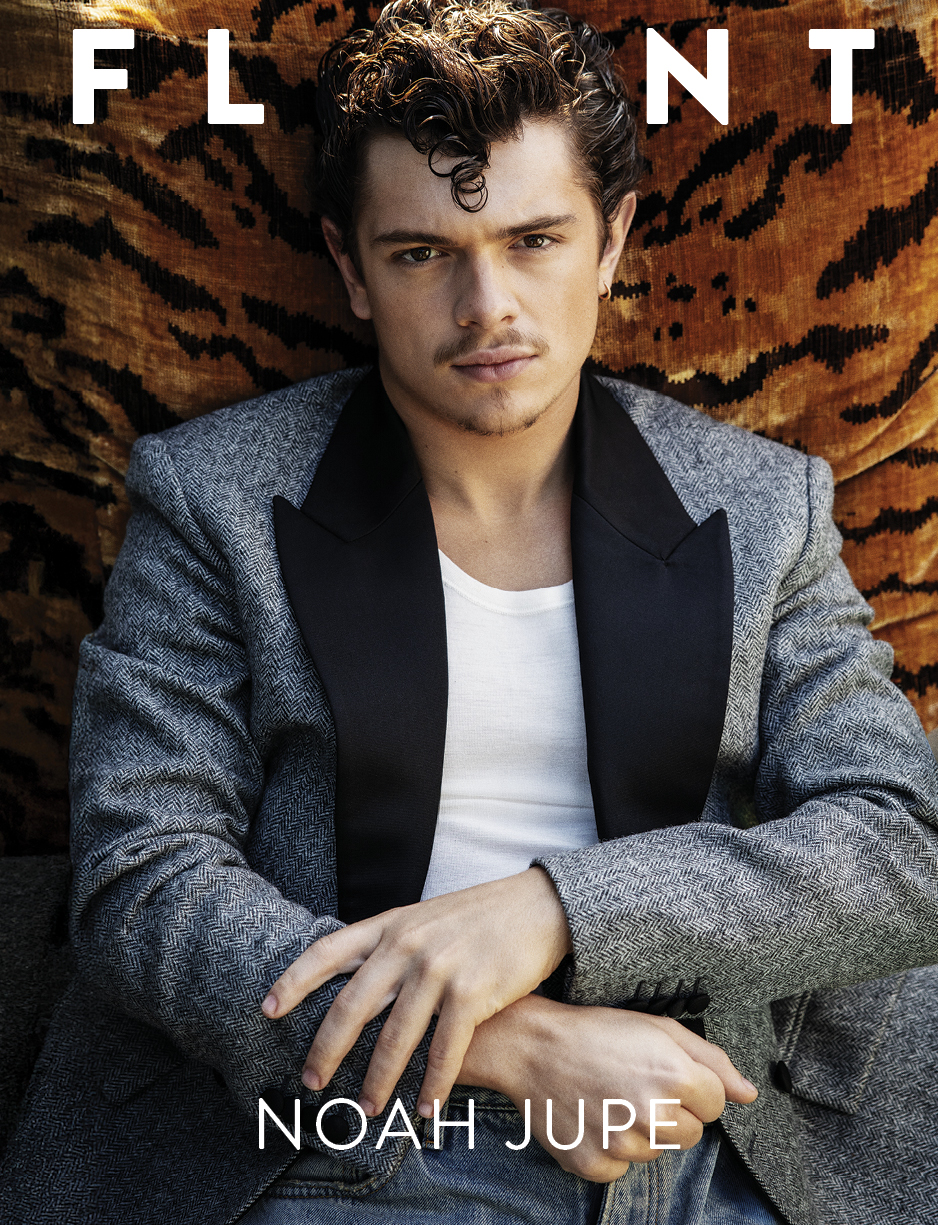

Photographed by Reinhardt Kenneth.
[Sir Daniel Winn](https://www.instagram.com/sirdanielwinn/) is an internationally recognized blue-chip artist, fine-art curator, awarded entrepreneur, highly respected philanthropist, and founder of [Winn Slavin Fine Art](https://www.winnslavin.com/) located on Rodeo Drive in Beverly Hills. Flaunt caught up with him recently to talk about how he applies the mixed-media approach to his art and uses it to express his artistic philosophy of “Existential Surrealism.”
**Can you first explain to us what "mixed media" is in the art world?**
In the art world, mixed media is very subjective depending on how artists interpret it. A medium is a type of material used for either painting or sculptures. On paintings, common mediums can be oil, acrylic, found objects, or a variety of other materials. In sculpture, the medium is bronze, stainless steel, papier mâché, terracotta, or anything else the artist wishes to use to express their visual language. The term “mixed media” refers to using a combination of materials rather than just one. Mixed media pushes the limits of what an artist can express by using a variety of materials in an artwork and adding complexity to it — and if you do it right, it can be superb. Like a fusion of food: if you mix the proper savory with sweet, the taste is unique and different. Savory or sweet is one thing, but in a combination it can give you a very unique flavor. It’s the same with art. If you work in mixed media, the result is something that cannot be expressed in a single material.
**What mediums do you work with when you paint?**
I usually use traditional oil on canvas. Sometimes if I want to create more depth to canvas, I will create almost a “sculptural canvas” prior to painting it. I’ll add some type of clay or resin to the canvas first in order to give an abstract texture, then paint over it with oil paint. Sometimes I add a sculptural element, like creating something out of marble and adding it to the canvas. A 3-dimensional painting using the marble sculpture “busting through” the canvas, giving it a very different type of communication.


**What materials do you use for sculpture?**
Traditional sculptures are bronze but are initially sculpted from clay. Utilizing the lost wax process, I transform the clay into metal by creating a master mother mold, then pulling a wax positive from it. The wax positive is then transformed into bronze through a ceramic negative shell, then the bronze pieces are assembled together. I push the limit of sculpture by combining bronze and stainless steel together, often with original elements like marble sculpture. I use a combination of bronze, stainless steel, and marble together in my mixed-media sculptures. I’ve also begun pushing the limits even further by incorporating Lucite: a transparent material. Combining multiple materials goes well with my philosophy of Existential Surrealism in terms of the complexity of our existence.
**How complex is your mixed-media artwork?**
Creating with mixed media in paintings is not as complex as mixed-media sculpture. Typically, oil paint is my primary medium. It dries much slower than more contemporary mediums like acrylic paint; so I tend to be more traditional in my paintings. But adding other elements makes it very difficult to ensure the outcome of the final product. At the very end you either “feel” the success of the combination or it becomes a mess, so to speak, which is okay too since art is art no matter how the final creation reveals itself. Whether it’s something pleasing to the eye that has a perfect fusion or something that is a chaotic fusion, to me it’s still a form of expression.
**Why do you like to work this way?**
I work with mixed media because I myself am a complex contradiction. In essence, it is who I am, from my history of how I was raised, my background from a war-torn country, being abandoned as a child, escaping Vietnam, struggling through life, and now experiencing success in the West. I embrace both the sweet along with the sour. My technique is a mechanism to communicate the essence of who I am, having experienced both worlds and their extremes.
**Do you feel mixed media is considered fine art?**
First of all, what is fine art? Everyone can be a critic and everyone can be an artist. It’s a matter of how the viewers consider fine art. The term in the industry is so subjective that I shy away from even using the terminology. A child can create something that's very similar to a Picasso and then viewers can look at it and say, “Oh, it’s a Picasso,” but yet it's not. It comes down to how you want to communicate your visual language and how people will receive it. Think about languages, there are so many languages in the world. But who’s to say that one language is better received or more effective than another? Fine art is the same way. It's a form of communication that not only touches you through the senses of sight and sound, but also through feelings and emotions. If an artwork can do that to the viewer and they can understand it, then to me that is fine art regardless of who creates it or from what it is created.


**I saw one of your recent pieces called Bewildered Knowledge and fell in love with it. Tell us about it and the process behind it.**
It’s part of a series that I’ve started to create recently called my “Timeless Presence Series.” Bewildered Knowledge is a sculpture that started with stainless steel. I then added a bronze apple to it to give a mixed-media aspect. And then I added a color patina by airbrushing it, giving it an almost painted aspect too. That particular sculpture is very complex in not only the materials but also the symbolism and the philosophy. Again, the whole purpose of this is to understand mixed media and how complex it is, and also the complexity and profoundness of our life and existence as well. This sculpture is a dichotomy. Knowledge is one thing and bewilderment is another. The apple on it represents knowledge. The horns represent immortality, and the stainless steel gives it a shimmering, mercurial effect to show the process of energy moving. As human beings, we’re always in the constant process of evolving, learning, and embracing knowledge.
**What upcoming projects do you have going on?**
I've been invited by the Shanghai Art Museum in China to create a body of work to be exhibited along with Pablo Picasso's artwork in 2022. For that exhibition, I want to take Picasso’s technique that he pushed the envelope on — mixed media and mixed style — and bring in Cubism. Since he’s the father of Cubism, I’ve reimagined Cubism in contemporary terms as Cubism Re-envisioned. The original Cubists were about deconstructing realism to get the viewer to think about the essence of the subject rather than the form. Cubism Re-envisioned is about exploring interconnectivity of the subject’s essence. In the sculpture arena, I've been commissioned by the Asian World Film Festival to create the new statuettes for the awards ceremony, similar to the awards for the Oscars, the Emmys, the Grammys. The sculptures will be unveiled formally at the festival this year in November. I’m also finalizing a monumental sculpture called “Unity,” a celestial sphere composed of 6 figures that represents the world and how we all are created as one.


 
Photographed by Reinhardt Kenneth.
[Sir Daniel Winn](https://www.instagram.com/sirdanielwinn/) is an internationally recognized blue-chip artist, fine-art curator, awarded entrepreneur, highly respected philanthropist, and founder of [Winn Slavin Fine Art](https://www.winnslavin.com/) located on Rodeo Drive in Beverly Hills. Flaunt caught up with him recently to talk about how he applies the mixed-media approach to his art and uses it to express his artistic philosophy of “Existential Surrealism.”
**Can you first explain to us what "mixed media" is in the art world?**
In the art world, mixed media is very subjective depending on how artists interpret it. A medium is a type of material used for either painting or sculptures. On paintings, common mediums can be oil, acrylic, found objects, or a variety of other materials. In sculpture, the medium is bronze, stainless steel, papier mâché, terracotta, or anything else the artist wishes to use to express their visual language. The term “mixed media” refers to using a combination of materials rather than just one. Mixed media pushes the limits of what an artist can express by using a variety of materials in an artwork and adding complexity to it — and if you do it right, it can be superb. Like a fusion of food: if you mix the proper savory with sweet, the taste is unique and different. Savory or sweet is one thing, but in a combination it can give you a very unique flavor. It’s the same with art. If you work in mixed media, the result is something that cannot be expressed in a single material.
**What mediums do you work with when you paint?**
I usually use traditional oil on canvas. Sometimes if I want to create more depth to canvas, I will create almost a “sculptural canvas” prior to painting it. I’ll add some type of clay or resin to the canvas first in order to give an abstract texture, then paint over it with oil paint. Sometimes I add a sculptural element, like creating something out of marble and adding it to the canvas. A 3-dimensional painting using the marble sculpture “busting through” the canvas, giving it a very different type of communication.

Photographed by Reinhardt Kenneth.
[Sir Daniel Winn](https://www.instagram.com/sirdanielwinn/) is an internationally recognized blue-chip artist, fine-art curator, awarded entrepreneur, highly respected philanthropist, and founder of [Winn Slavin Fine Art](https://www.winnslavin.com/) located on Rodeo Drive in Beverly Hills. Flaunt caught up with him recently to talk about how he applies the mixed-media approach to his art and uses it to express his artistic philosophy of “Existential Surrealism.”
**Can you first explain to us what "mixed media" is in the art world?**
In the art world, mixed media is very subjective depending on how artists interpret it. A medium is a type of material used for either painting or sculptures. On paintings, common mediums can be oil, acrylic, found objects, or a variety of other materials. In sculpture, the medium is bronze, stainless steel, papier mâché, terracotta, or anything else the artist wishes to use to express their visual language. The term “mixed media” refers to using a combination of materials rather than just one. Mixed media pushes the limits of what an artist can express by using a variety of materials in an artwork and adding complexity to it — and if you do it right, it can be superb. Like a fusion of food: if you mix the proper savory with sweet, the taste is unique and different. Savory or sweet is one thing, but in a combination it can give you a very unique flavor. It’s the same with art. If you work in mixed media, the result is something that cannot be expressed in a single material.
**What mediums do you work with when you paint?**
I usually use traditional oil on canvas. Sometimes if I want to create more depth to canvas, I will create almost a “sculptural canvas” prior to painting it. I’ll add some type of clay or resin to the canvas first in order to give an abstract texture, then paint over it with oil paint. Sometimes I add a sculptural element, like creating something out of marble and adding it to the canvas. A 3-dimensional painting using the marble sculpture “busting through” the canvas, giving it a very different type of communication.
 
**What materials do you use for sculpture?**
Traditional sculptures are bronze but are initially sculpted from clay. Utilizing the lost wax process, I transform the clay into metal by creating a master mother mold, then pulling a wax positive from it. The wax positive is then transformed into bronze through a ceramic negative shell, then the bronze pieces are assembled together. I push the limit of sculpture by combining bronze and stainless steel together, often with original elements like marble sculpture. I use a combination of bronze, stainless steel, and marble together in my mixed-media sculptures. I’ve also begun pushing the limits even further by incorporating Lucite: a transparent material. Combining multiple materials goes well with my philosophy of Existential Surrealism in terms of the complexity of our existence.
**How complex is your mixed-media artwork?**
Creating with mixed media in paintings is not as complex as mixed-media sculpture. Typically, oil paint is my primary medium. It dries much slower than more contemporary mediums like acrylic paint; so I tend to be more traditional in my paintings. But adding other elements makes it very difficult to ensure the outcome of the final product. At the very end you either “feel” the success of the combination or it becomes a mess, so to speak, which is okay too since art is art no matter how the final creation reveals itself. Whether it’s something pleasing to the eye that has a perfect fusion or something that is a chaotic fusion, to me it’s still a form of expression.
**Why do you like to work this way?**
I work with mixed media because I myself am a complex contradiction. In essence, it is who I am, from my history of how I was raised, my background from a war-torn country, being abandoned as a child, escaping Vietnam, struggling through life, and now experiencing success in the West. I embrace both the sweet along with the sour. My technique is a mechanism to communicate the essence of who I am, having experienced both worlds and their extremes.
**Do you feel mixed media is considered fine art?**
First of all, what is fine art? Everyone can be a critic and everyone can be an artist. It’s a matter of how the viewers consider fine art. The term in the industry is so subjective that I shy away from even using the terminology. A child can create something that's very similar to a Picasso and then viewers can look at it and say, “Oh, it’s a Picasso,” but yet it's not. It comes down to how you want to communicate your visual language and how people will receive it. Think about languages, there are so many languages in the world. But who’s to say that one language is better received or more effective than another? Fine art is the same way. It's a form of communication that not only touches you through the senses of sight and sound, but also through feelings and emotions. If an artwork can do that to the viewer and they can understand it, then to me that is fine art regardless of who creates it or from what it is created.

**What materials do you use for sculpture?**
Traditional sculptures are bronze but are initially sculpted from clay. Utilizing the lost wax process, I transform the clay into metal by creating a master mother mold, then pulling a wax positive from it. The wax positive is then transformed into bronze through a ceramic negative shell, then the bronze pieces are assembled together. I push the limit of sculpture by combining bronze and stainless steel together, often with original elements like marble sculpture. I use a combination of bronze, stainless steel, and marble together in my mixed-media sculptures. I’ve also begun pushing the limits even further by incorporating Lucite: a transparent material. Combining multiple materials goes well with my philosophy of Existential Surrealism in terms of the complexity of our existence.
**How complex is your mixed-media artwork?**
Creating with mixed media in paintings is not as complex as mixed-media sculpture. Typically, oil paint is my primary medium. It dries much slower than more contemporary mediums like acrylic paint; so I tend to be more traditional in my paintings. But adding other elements makes it very difficult to ensure the outcome of the final product. At the very end you either “feel” the success of the combination or it becomes a mess, so to speak, which is okay too since art is art no matter how the final creation reveals itself. Whether it’s something pleasing to the eye that has a perfect fusion or something that is a chaotic fusion, to me it’s still a form of expression.
**Why do you like to work this way?**
I work with mixed media because I myself am a complex contradiction. In essence, it is who I am, from my history of how I was raised, my background from a war-torn country, being abandoned as a child, escaping Vietnam, struggling through life, and now experiencing success in the West. I embrace both the sweet along with the sour. My technique is a mechanism to communicate the essence of who I am, having experienced both worlds and their extremes.
**Do you feel mixed media is considered fine art?**
First of all, what is fine art? Everyone can be a critic and everyone can be an artist. It’s a matter of how the viewers consider fine art. The term in the industry is so subjective that I shy away from even using the terminology. A child can create something that's very similar to a Picasso and then viewers can look at it and say, “Oh, it’s a Picasso,” but yet it's not. It comes down to how you want to communicate your visual language and how people will receive it. Think about languages, there are so many languages in the world. But who’s to say that one language is better received or more effective than another? Fine art is the same way. It's a form of communication that not only touches you through the senses of sight and sound, but also through feelings and emotions. If an artwork can do that to the viewer and they can understand it, then to me that is fine art regardless of who creates it or from what it is created.
 
**I saw one of your recent pieces called Bewildered Knowledge and fell in love with it. Tell us about it and the process behind it.**
It’s part of a series that I’ve started to create recently called my “Timeless Presence Series.” Bewildered Knowledge is a sculpture that started with stainless steel. I then added a bronze apple to it to give a mixed-media aspect. And then I added a color patina by airbrushing it, giving it an almost painted aspect too. That particular sculpture is very complex in not only the materials but also the symbolism and the philosophy. Again, the whole purpose of this is to understand mixed media and how complex it is, and also the complexity and profoundness of our life and existence as well. This sculpture is a dichotomy. Knowledge is one thing and bewilderment is another. The apple on it represents knowledge. The horns represent immortality, and the stainless steel gives it a shimmering, mercurial effect to show the process of energy moving. As human beings, we’re always in the constant process of evolving, learning, and embracing knowledge.
**What upcoming projects do you have going on?**
I've been invited by the Shanghai Art Museum in China to create a body of work to be exhibited along with Pablo Picasso's artwork in 2022. For that exhibition, I want to take Picasso’s technique that he pushed the envelope on — mixed media and mixed style — and bring in Cubism. Since he’s the father of Cubism, I’ve reimagined Cubism in contemporary terms as Cubism Re-envisioned. The original Cubists were about deconstructing realism to get the viewer to think about the essence of the subject rather than the form. Cubism Re-envisioned is about exploring interconnectivity of the subject’s essence. In the sculpture arena, I've been commissioned by the Asian World Film Festival to create the new statuettes for the awards ceremony, similar to the awards for the Oscars, the Emmys, the Grammys. The sculptures will be unveiled formally at the festival this year in November. I’m also finalizing a monumental sculpture called “Unity,” a celestial sphere composed of 6 figures that represents the world and how we all are created as one.

**I saw one of your recent pieces called Bewildered Knowledge and fell in love with it. Tell us about it and the process behind it.**
It’s part of a series that I’ve started to create recently called my “Timeless Presence Series.” Bewildered Knowledge is a sculpture that started with stainless steel. I then added a bronze apple to it to give a mixed-media aspect. And then I added a color patina by airbrushing it, giving it an almost painted aspect too. That particular sculpture is very complex in not only the materials but also the symbolism and the philosophy. Again, the whole purpose of this is to understand mixed media and how complex it is, and also the complexity and profoundness of our life and existence as well. This sculpture is a dichotomy. Knowledge is one thing and bewilderment is another. The apple on it represents knowledge. The horns represent immortality, and the stainless steel gives it a shimmering, mercurial effect to show the process of energy moving. As human beings, we’re always in the constant process of evolving, learning, and embracing knowledge.
**What upcoming projects do you have going on?**
I've been invited by the Shanghai Art Museum in China to create a body of work to be exhibited along with Pablo Picasso's artwork in 2022. For that exhibition, I want to take Picasso’s technique that he pushed the envelope on — mixed media and mixed style — and bring in Cubism. Since he’s the father of Cubism, I’ve reimagined Cubism in contemporary terms as Cubism Re-envisioned. The original Cubists were about deconstructing realism to get the viewer to think about the essence of the subject rather than the form. Cubism Re-envisioned is about exploring interconnectivity of the subject’s essence. In the sculpture arena, I've been commissioned by the Asian World Film Festival to create the new statuettes for the awards ceremony, similar to the awards for the Oscars, the Emmys, the Grammys. The sculptures will be unveiled formally at the festival this year in November. I’m also finalizing a monumental sculpture called “Unity,” a celestial sphere composed of 6 figures that represents the world and how we all are created as one.
 




